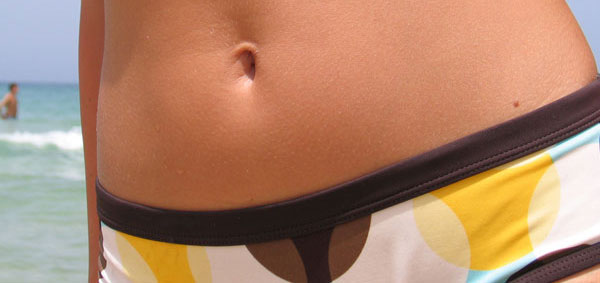
Why Do We Have Belly Buttons?

Belly buttons aren’t just for collecting lint.
When a fetus floats inside a mother’s womb, its belly button looks more like a buttonhole than a button. The hole connects a fetus to an umbilical cord. The cord funnels nutrients and oxygen from the mother to the fetus. It also carries waste away from the fetus.
Once a baby is born, it no longer needs to be attached to its mother with a tube so a doctor will snip off the umbilical cord, leaving behind a small stump. After a few weeks, the stump dries and falls off. What’s left is an innie or an outtie.
[Armpits, Belly Buttons & Chronic Wounds: The ABCs of Body Bacteria]
Now, the baby can breathe, feed, and make dirty diapers all on its own.
Follow Life's Little Mysteries on Twitter @llmysteries. We're also on Facebook & Google+.
Sign up for the Live Science daily newsletter now
Get the world’s most fascinating discoveries delivered straight to your inbox.
Man gets sperm-making stem cell transplant in first-of-its-kind procedure
'Love hormone' oxytocin can pause pregnancy, animal study finds










